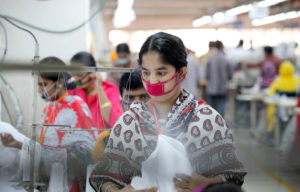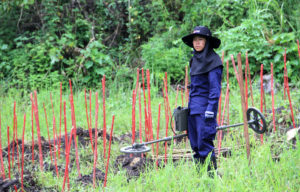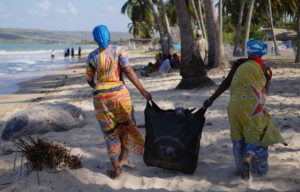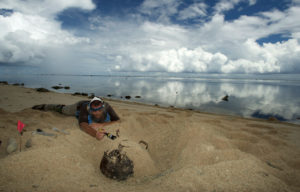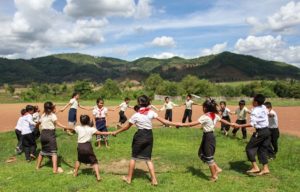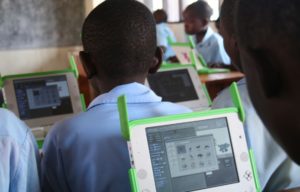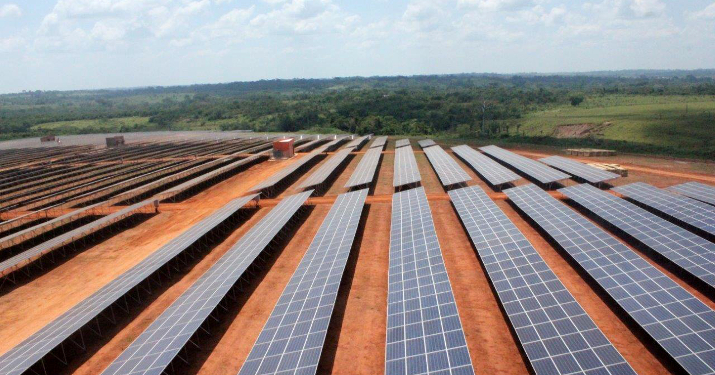
Astrid Hjort
Solar power boost for Bolivia
The first solar power plant in Bolivia is now on line and ready to supply clean energy to the citizens of the country’s northern Pando province. Danish development assistance plays a vital role in the project.
Share
Other categories
Region: Latin America
With a total capacity of five megawatts, the new power plant will supply half the power needed by Cobija, the largest city in Pando province. The boost in power production is much needed, as just 64 per cent of the city’s population had so far been provided with electricity.
Danish foreign aid has donated six million US dollars towards the project. This amounts to a bit more than half the total cost, with the other half financed by Bolivia. The investment will pay itself in seven years, thanks to savings on oil imports. Bolivia expects to reduce its annual oil imports by 1.9 million litres, leading to savings of 1.8 million US dollars and cutting carbon emissions by 5000 tonnes of CO2 every year.
Project ready in record time
The Danish ambassador to Bolivia, Ole Thonke, participated in the inauguration of the solar power plant. He is hopeful that the project will lead the way for more renewable energy projects with Danish participation.
“This is the first solar cell power plant in Bolivia, and it has been constructed in record time. The citizens out here in the rainforest are the first in the country to benefit from clean energy, which is good news both for the climate and for the people. I hope this example will lead the way for more new investments in renewable energy in cooperation with Denmark,” said the ambassador.
It took only 174 days to install the first 8000 solar cell panels that are now active in the Bolivian sunshine. Work continues to install the rest of the 17,334 panels that will be needed to reach full power production capacity. The complete site is expected to stand ready in early December.
Sunshine province
There are several reasons why northern Bolivia is a good spot for solar energy. Primarily because the province enjoys plenty of sunshine. An initial survey by the Danish consultancy firm Niras concluded that the opportunities for solar energy in the Pando province are comparable to those in Spain.
In addition, the need for electricity is rapidly increasing in this area and in Bolivia as a whole. Pando is the fastest growing region in the country, and the population has doubled in just ten years.
Providing enough electricity for the many new citizens is a big challenge. The province is located in an isolated region bordering Peru and Brazil, and it is not practically possible to draw a connection to the national Bolivian power grid. Until now, the citizens of Cobija have therefore resorted to cover their need for power by using diesel-powered generators.
Many remain in the shadow of poverty
While the solar power is good news for the citizens of Cobija, many Bolivians still live in the shadow, economically speaking. Contrary to many other developing countries, Bolivia saw poverty levels increase throughout the nineties. When it peaked around 2002, nearly a third of Bolivians were under the poverty limit of two dollars a day, according to statistics from the World Bank.
Since then, there has been some progress, and in 2008 the statistic had fallen to one in four. Average life expectancy is slowly rising, and more people now have access to clean drinking water.
The consumption of electricity has more than doubled since 1990, but many Bolivians still have no access to power. For this reason, the Bolivian government has declared that it is working towards getting the entire population connected to the national grid by 2025. The solar cells of Pando are one of the first steps towards this goal, and the experience gained from the project will help to expand the production of renewable energy in Bolivia.
